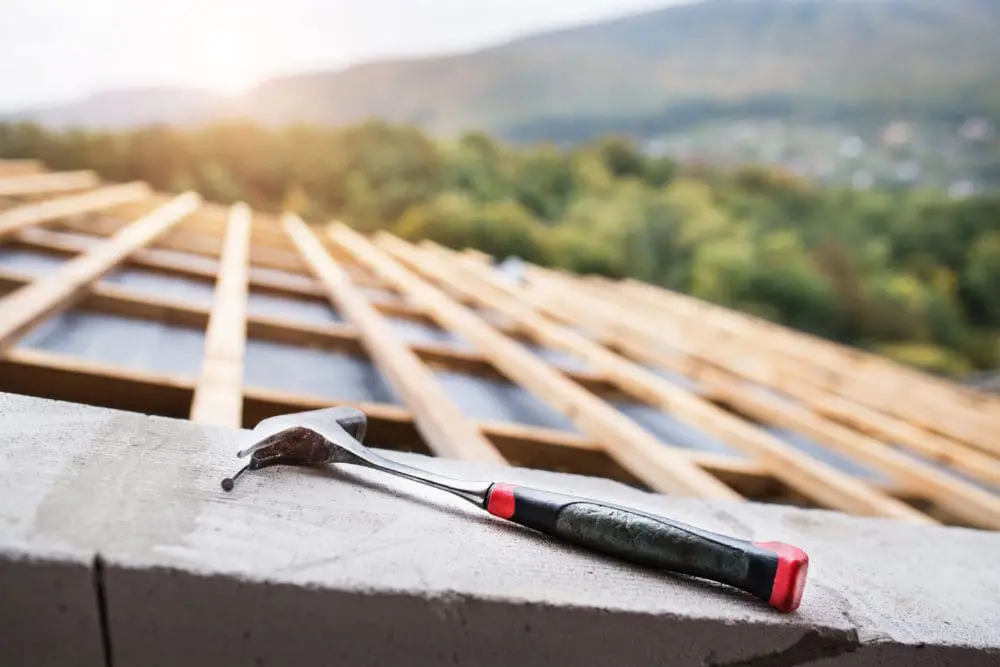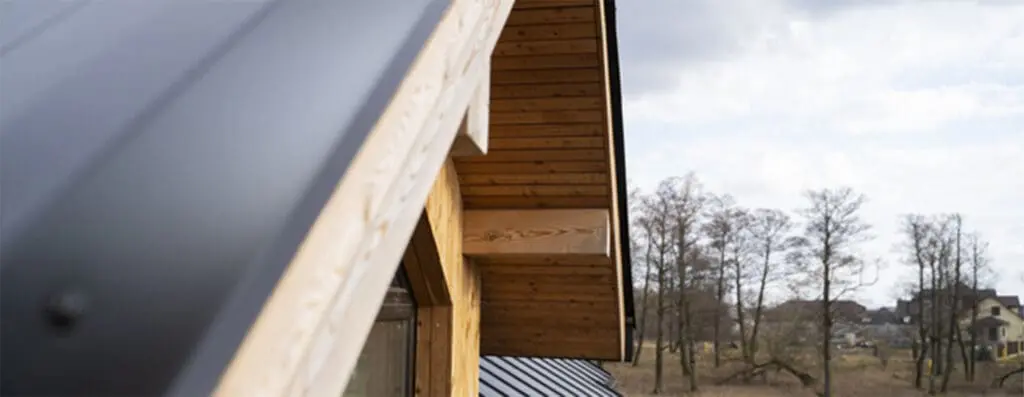- Home
- Roof Replacement
Your Roof Replacement Company in High Point and Wilmington North Carolina
Expert Roof Replacement Contractor Serving The Triad, The Coast, and Surrounding Area
Are you worried about the aging roof over your head? You’re not alone. Many homeowners in High Point, NC, face the daunting task of roof replacement, fearing the process will be stressful, costly, and filled with uncertainties. At Xterior LLC, we understand these concerns deeply. That’s why we’ve dedicated ourselves to providing a roof replacement service that’s not just about installing a new roof but about giving you peace of mind, safety, and an investment in your home’s future.

Frequently Asked Questions About Roof Replacement
Protect Your Home with a Reliable Roofer in High Point NC Today
In the heart of North Carolina, where the weather can be as unpredictable as the lottery, your home’s roof is your first line of defense. It’s not just a roof; it’s the guardian of your family, your memories, and your peace of mind. At Xterior LLC, we don’t take that responsibility lightly. With decades of experience in the High Point area, we bring unparalleled expertise, top-quality materials, and a commitment to craftsmanship that stands the test of time – and weather.
Why Choose Xterior LLC for Your Roof Replacement?
Local Experts: We know High Point, NC, like the back of our hand. Our team is familiar with the unique challenges and needs of homes in the area.
Quality Materials: We use only the best materials in the market, ensuring your roof is durable, long-lasting, and aesthetically pleasing.
Transparent Pricing: Say goodbye to hidden costs and unexpected charges. We provide clear, upfront pricing tailored to your specific needs and budget.
Customer-Centric Service: Your satisfaction is our top priority. From the initial consultation to the final inspection, we’re with you every step of the way.
Boost Your Home’s Value with a Local Wilmington Roofer
Replacing your roof is not just a necessary task; it’s an investment in your home’s future. A new roof not only protects your family from the elements but also boosts your home’s curb appeal and value. Whether you’re planning to stay in your home for decades or considering selling in the future, a roof replacement with Xterior LLC is a decision you won’t regret.
Our Process is Simple, Efficient, and Stress-Free from a Trusted Roofing Company
We believe that getting a new roof in Guilford County, NC, shouldn’t be a hassle. Our streamlined process ensures your roof replacement is as smooth and stress-free as possible. Whether you’re seeking a complete replacement or Wilmington roof repair, we also provide expert services for nearby areas like High Point to meet a range of local roofing needs.
Free Consultation: We start with a thorough assessment of your current roof, discussing your needs, preferences, and budget.
Customized Solutions: Based on the consultation, we provide a tailored solution, including material options, timelines, and a transparent quote.
Expert Installation: Our skilled team gets to work, ensuring every detail is handled with precision and care.
Final Inspection: We’re not done until you’re completely satisfied. Our final inspection guarantees your new roof meets our high standards – and yours.
While every project is unique, most roof replacements in High Point, NC, are completed within a few days. We work efficiently to minimize disruption to your daily life.
Yes. We offer flexible financing options to make your roof replacement more affordable. Our team can help you find a plan that fits your budget.
Signs like leaks, missing shingles, or significant wear and tear often indicate it's time for a replacement. Our free consultation includes a detailed inspection to help you make an informed decision.
Absolutely! We offer a wide range of colors and styles to match your home's aesthetic. Our team can help you choose the perfect options to enhance your home's appearance.
Book Your Free Consultation Today with High Point’s Leading Roofer, Xterior LLC
Don’t let the stress and worry of a deteriorating roof weigh you down any longer. With Xterior LLC, you can rest easy knowing your home is in good hands. Our commitment to quality, transparency, and affordability makes us the trusted choice for homeowners in High Point, NC.



